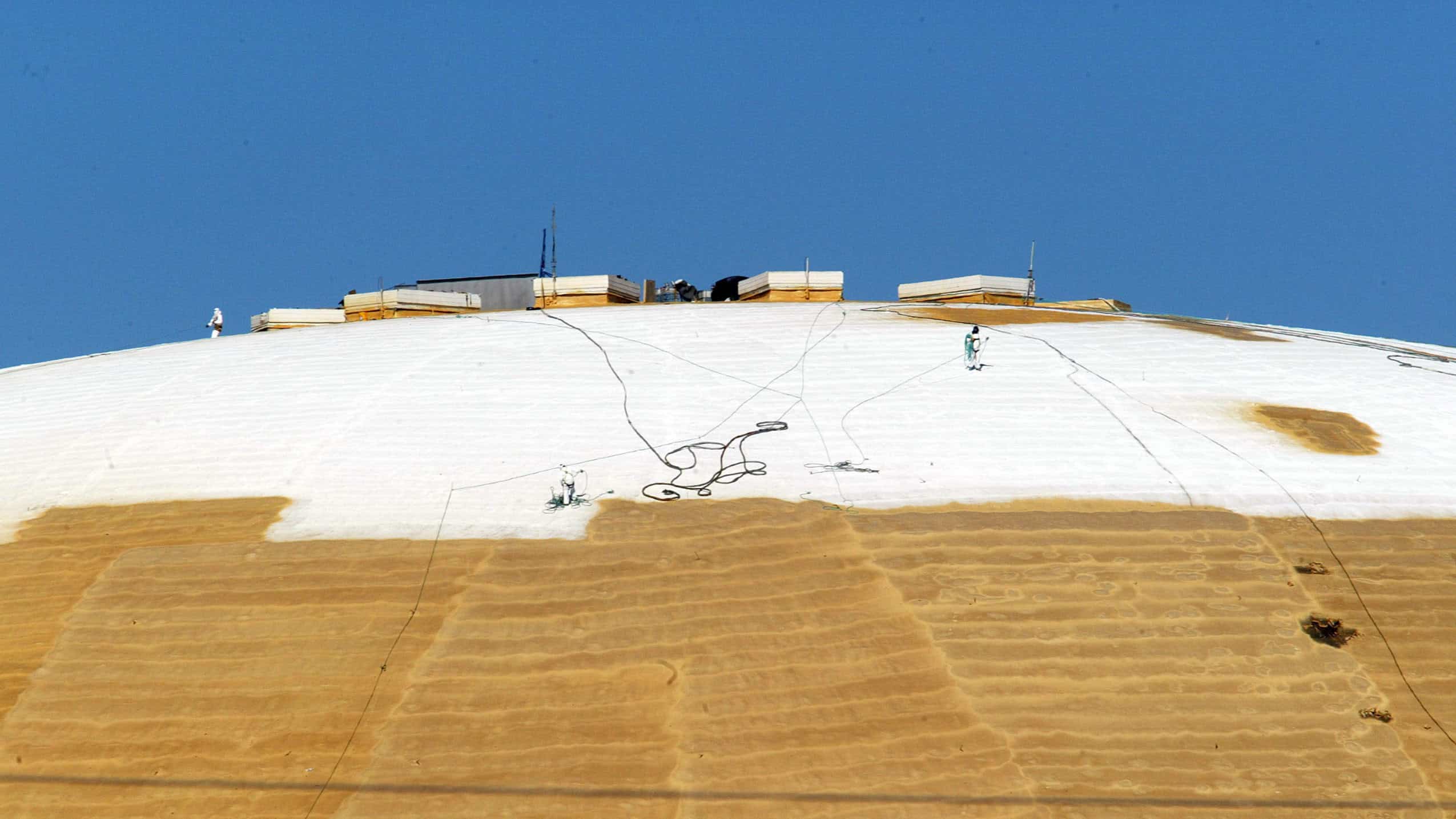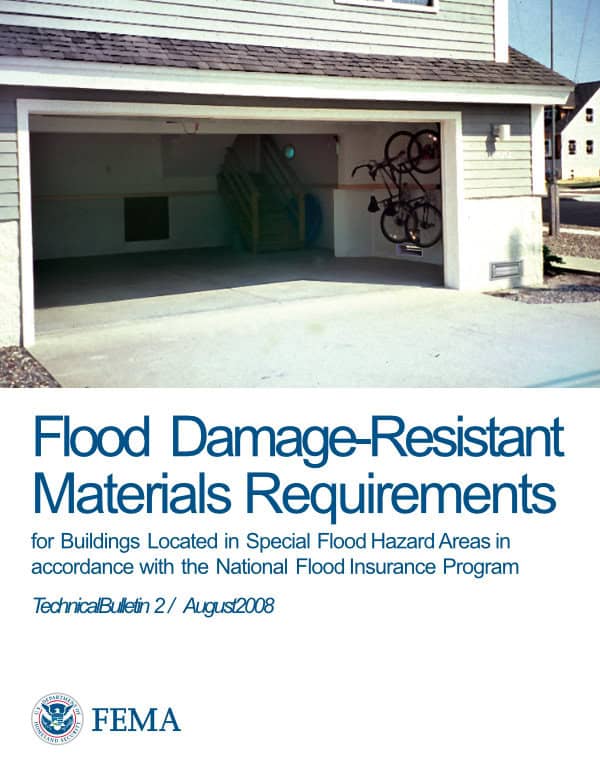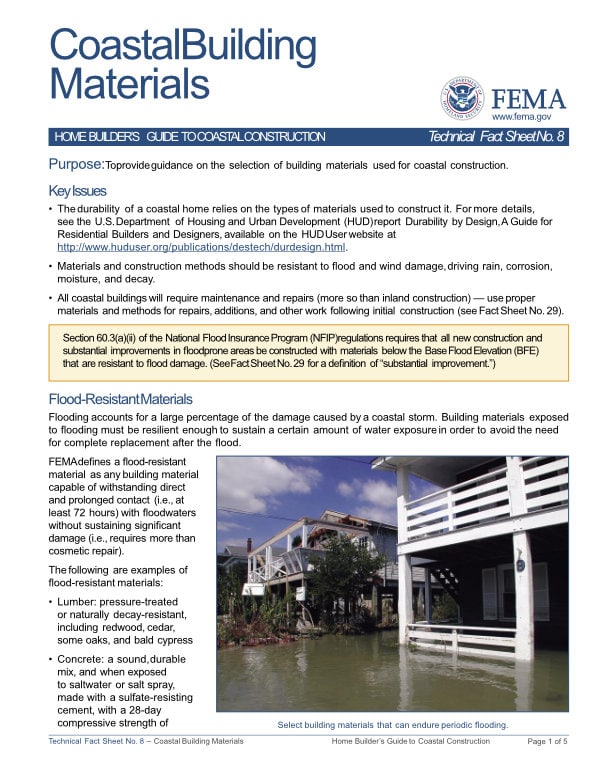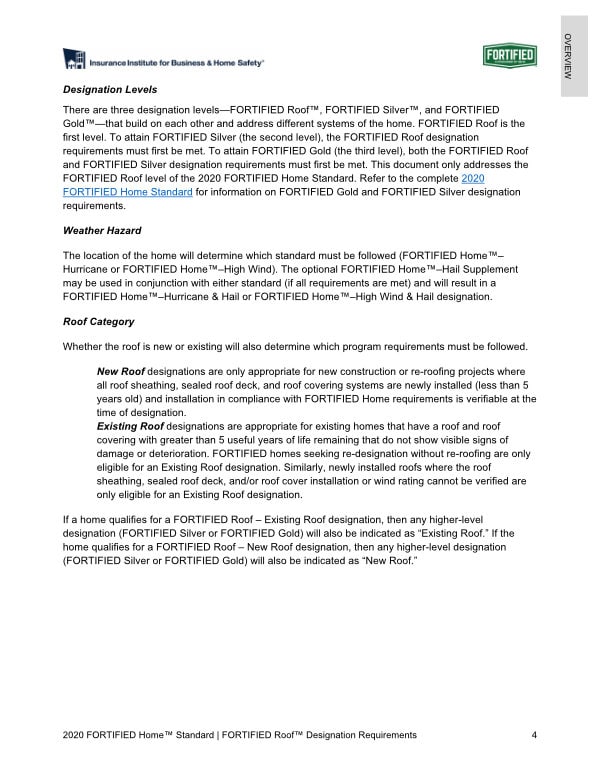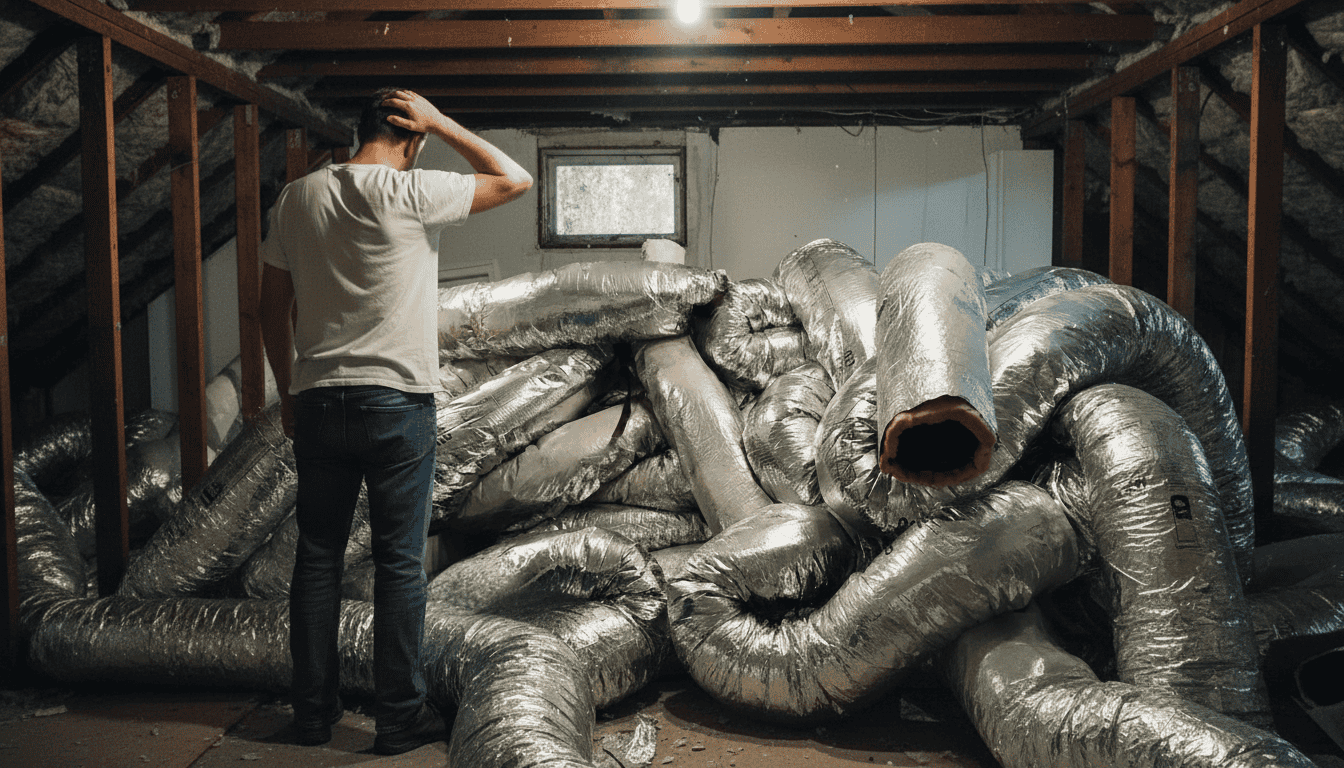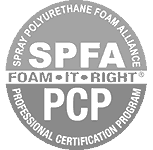Closed-Cell Foam: The Post-Katrina Superdome Silver Lining
When the Superdome took a devastating hit from Hurricane Katrina, engineers didn’t just patch things up—they revolutionized the iconic structure with closed-cell foam (ccSPF) roofing, and for good reason! This superhero of roofing materials brings an unmatched combination of strength and resilience that laughs in the face of future hurricanes. If the experts have proven it’s good enough for the Superdome, just by chance, it may work out in residential applications too.
Closed-Cell Polyurethane Spray Foam Insulation: The Unmatched Champion of Modern Building Science
In an era where climate resilience and energy efficiency dominate architectural discourse, closed-cell polyurethane spray foam, a game-changer in the world of building materials, emerges as a material that transcends traditional insulation roles.
This rigid polymer-based material’s high insulation value, durability, strength, and extensive life span have won a reputation for excellence. It’s performance among the residential, commercial, industrial, and even cosmic exploration industries has earned it accolades with endorsements from the U.S. Department of Energy, FEMA, U.S. Army Corps of Engineers, Insurance Institute of Business and Home Safety, NAHB, and, yes, even NASA. To name just a few.
Whether you’re looking to enhance energy efficiency, bolster structural integrity, or protect your home from flooding and severe weather, this commonly installed plastic solution redefines structural integrity, moisture management, and disaster preparedness. Its unique properties—from flood resistance to mold deterrence—make it a cornerstone of modern construction.
Structural Superpowers: Beyond Insulation
Racking Strength and Wind Uplift Resistance
Closed-cell foam’s density and rigid cell structure contribute to a building’s structural resilience. When applied to wall cavities or roof decks, it enhances racking strength—the ability to resist lateral forces—by up to 200%. This is critical in hurricane-prone areas, where high winds exert immense pressure on structures. In Florida, closed-cell rigid foam has Miami-Dade County NOA approval for reinforcing roof decks against hurricane-force winds, reducing uplift risk by bonding tightly to substrates.
Commercial facilities also benefit. A 2021 analysis of storm-resistant materials highlighted ccSPF’s role in mitigating water ingress and wind damage in low-slope roofing systems. Its monolithic application eliminates seams, a common failure point during storms.
Resilience Against Severe Weather
In hurricane-prone regions, specifically those in Louisiana, closed-cell spray foam is invaluable for storm mitigation. Its ability to reject bulk water ingress protects homes from flood damage while its structural reinforcement reduces the risk of roof blow-off during high winds. Post-storm recovery is simplified: ccSPF dries quickly after exposure to water and can be power-washed without losing functionality.
Mold, Moisture, and Indoor Air Quality: A Triple Threat Neutralized
The Science of Impermeability
With a perm rating below 1.0 at 2 inches thickness, ccSPF acts as a Class II vapor retarder, blocking moisture diffusion into walls. Unlike traditional insulations, such as fiberglass, cellulose, and even open-cell foam, this is pivotal in humid climates, where condensation within wall cavities can spawn mold. This rigid spray-applied insulation’s closed-cell structure rejects bulk water and dries rapidly, depriving mold of the dampness it needs to thrive.
Indoor air quality sees dual benefits: the foam’s airtight seal minimizes pollen and dust infiltration, while its inert polymer composition offers no organic material for mold or bacteria to feed on. Studies in flood-damaged homes show that ccSPF-insulated structures report 70% lower mold recurrence compared to those with traditional insulation.
FEMA’s Seal of Approval: Flood Resistance as a Standard
The Class 5 Classification and Its Implications
FEMA’s flood damage-resistance classification system ranks building materials on a scale of 1 to 5, with Class 5 representing the highest resilience. Closed-cell spray foam is the only cavity insulation to achieve this distinction, a testament to its impermeability and structural stability in flood-prone regions. Unlike all other insulations, which absorb water and require replacement after flooding, ccSPF can withstand prolonged submersion without compromising performance, which makes post-flood recovery much simpler.
Closed Cell Is Among The Handful Of Materials Meeting The 72 Hour Rule
FEMA defines a flood-resistant material as any building material capable of withstanding direct and prolonged contact (i.e., at least 72 hours) with floodwaters without sustaining significant damage, requiring more than cosmetic repair.
The only basic building blocks of one’s home or business that fall into FEMA’s flood-resistant material category are:
Pressure-treated or decay-resistant lumber
Concrete, masonry
Steel
Synthetic plastics
Closed-cell foam
Post-flood recovery becomes simpler: power-wash the foam, dehumidify the space, and rebuild—no costly insulation removal required.
This approval is no longer theoretical. After Hurricane Katrina, New Orleans adopted “wet floodproofing” techniques that integrate this material into walls and floors. By allowing controlled floodwater entry (to equalize pressure) and using ccSPF’s non-absorbent matrix, homes dry faster and resist mold proliferation. FEMA’s guidelines explicitly reject fibrous, cellulose-based, or open-cell alternatives, cementing ccSPF’s role in flood-prone zones.
To put it bluntly, when the tide subsides, bring your gas-powered pressure washer back with you to your once-submerged home, spray the gulf gook off the foam, collect your $750 FEMA check, and you’re good to go! While all your neighbors are fighting over who gets the last role of the pink fluff, you’re already moving your furniture in.
It’s important to note that FEMA recommends using flood-resistant materials in all areas below the base flood elevation (BFE) to minimize damage and facilitate easier cleanup after a flood event.
LSU Ag Center – Flood Maps
Closed Cell Foam Bridging The Gap Between Your Existing Roof And FORTIFIED Qualification
Closed-cell spray foam plays a pivotal role in meeting the Insurance Institute for Business & Home Safety (IBHS) Fortified Roof program’s requirements to achieve the Supplemental Roof Deck Attachment FORTIFIED Certification. When applied to the underside of the roof deck, this two-part polyurethane foam adhesive strengthens the attachment of roof sheathing by bonding tightly to the seams between sheathing panels and the intersections with framing members. This enhanced connection significantly improves wind uplift resistance, ensuring the roof deck remains secure during extreme weather conditions. Additionally, closed-cell spray foam simultaneously seals the roof deck, creating a secondary water barrier that prevents costly storm water damage from entering the home. This dual functionality—structural reinforcement and water resistance—makes it an ideal solution for retrofitting existing homes to qualify for FORTIFIED certification, particularly when traditional top-side methods are not feasible.
FORTIFIED Sealed Roof Deck Supplemental Attachment [PDF]
FORTIFIED Home Hurricane Existing Technical Summary [PDF]
FORTIFIED Information on DiversifiedE.com
Louisiana Incentivizing Closed-Cell Polyurethane Foam
Louisiana’s Storm Mitigation Incentive Program offers significant financial incentives, including insurance premium discounts and tax deductions, to homeowners who retrofit or build their homes with approved wind-resistant measures. These benefits are designed to encourage compliance with the Louisiana State Uniform Construction Code and adoption of advanced mitigation techniques, such as roof bracing, secondary water barriers, and enhanced roof deck attachments. Closed-cell spray foam insulation is a key contributor to these initiatives, as it strengthens roof deck attachment, acts as a water-resistant barrier, and improves wind uplift resistance—qualities that align with both the state’s mitigation standards and the Insurance Institute for Business & Home Safety’s (IBHS) FORTIFIED Roof certification. By incorporating closed-cell foam into construction or retrofitting projects, homeowners can qualify for substantial insurance discounts, tax deductions of up to $5,000, and greater peace of mind during severe storms.
Louisiana Insurance Discount Guide
FORTIFED Roof: No Roof Required
Have you or someone you know already re-roofed after Hurricane Ida without even hearing the word FORTIFIED? Perhaps you’re not ready to stomach the $700, $800, or $1,000 per square for a new FORTIFIED Roof? As a FORTIFIED Program-approved product, the applicable closed-cell polyurethane adhesive may be the solution to your distress.
Two of the four primary FORTIFIED Roof requirements – the secondary water barrier and strengthened roof deck attachment – are obtained through the proper application of an approved closed-cell adhesive to the underside of the roof deck. Applying the correct ASTM or TAS-tested two-part, spray polyurethane foam adhesive per FORTIFIED guidelines, you may be able to avoid a new roof altogether to earn the FORTIFIED Roof designation.
Per The 2020 FORTIFIED Home™ Standard, Section 3 Designation Requirements for FORTIFIED Roof – Existing Roof:
The FORTIFIED Roof – Existing Roof designation provides prescriptive methods to create a qualified roof without requiring roof covering replacement on an existing home.
FORTIFIED Home 2020 Standard Section 1.1: Existing Roof designations are appropriate for existing homes that have a roof and roof covering with greater than 5 useful years of life remaining that do not show visible signs of damage or deterioration. FORTIFIED homes seeking re-designation without re-roofing are only eligible for an Existing Roof designation.
For the roof to be applicable per Section 3 Existing Roof Designation it must meet the following criteria:
The existing roof cover does not show visible signs of damage or deterioration. *
There is only one layer of roof covering.
Existing roof cover is estimated to have at least 5 years of useful life remaining. *
There is adequate access to the attic to allow application of adhesives along joints between sheathing and roof framing members as well as along all seams between the roof sheathing panels. (i.e. complete 100% access to all roof rafters) **
Drip edge is installed.
Roof sheathing to be 7/16” minimum thickness, with roof members at 24″ O.C. max, with no gaps in decking
Contact Diversified Energy if you believe you meet the above criteria and are interested in pursuing the FORTIFIED Supplemental Roof Deck Attachment Designation.
Building Tomorrow’s Resilient Infrastructure
Closed-cell polyurethane spray foam is not merely insulation; it’s a paradigm shift in how we approach building science. With FEMA’s endorsements, the FORTIFIED Program’s proven hurricane and wind resistance benefits, Louisiana’s Storm Mitigation Incentive Program, and our national and local government agencies, closed-cell foam is the unmatched material for over 100 years.
For engineers, architects, builders, and homeowners prioritizing durability, health, efficiency, and financial incentives, ccSPF is the unequivocal choice. As climate disasters intensify and the need for energy efficiency becomes a more recognized reality, this material isn’t just an option—it’s an imperative.
Post References
The following are some of the sources used to create this blog post.
Institute For The Building Envelope
GeneralCoatings.net [PDF]
